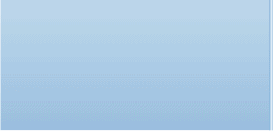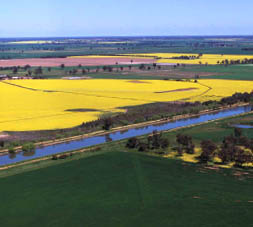 |
 |
|||||||||||||||||||||||||
Overview
Irrigation in the Southern Riverina was initially developed as “drought proofing” – to provide reliable stock and domestic water to a vast region which had been regularly devastated by drought. Between 1933 and 1964 the NSW Government undertook the development of the state’s largest irrigation network known as the Murray Irrigation Area and Districts, fed by the waters of the Murray River. The NSW Water Conservation and Irrigation Commission (WC&IC) was responsible for construction and operation of the irrigation network. It later became the NSW Water Resources Commission and then the Department of Water Resources. In 1995 control and operation of the irrigation system was handed over to the irrigators it served, through the formation of the privatised company Murray Irrigation Limited.
Today the system provides vital water supplies to more than 2,400 properties which total 740,000 hectares of farmland. The residents of Berrigan, Finley and Wakool and the village of Bunnaloo all rely on the irrigation system for their town water. Irrigation also underpins the security of Deniliquin’s town water supply and directly supports a regional population of 25,000. |
Aerial view of fams in Murray Irrigation Limited’s area
of operations with a wheat crop in the foreground, irrigation supply
channel and canola in flower. Photo: MIL Collection.
|
|||||||||||||||||||||||||
| sitemap • credits
& references • copyright • local
history links • contact & contribute • VISITORS |
||||||||||||||||||||||||||

